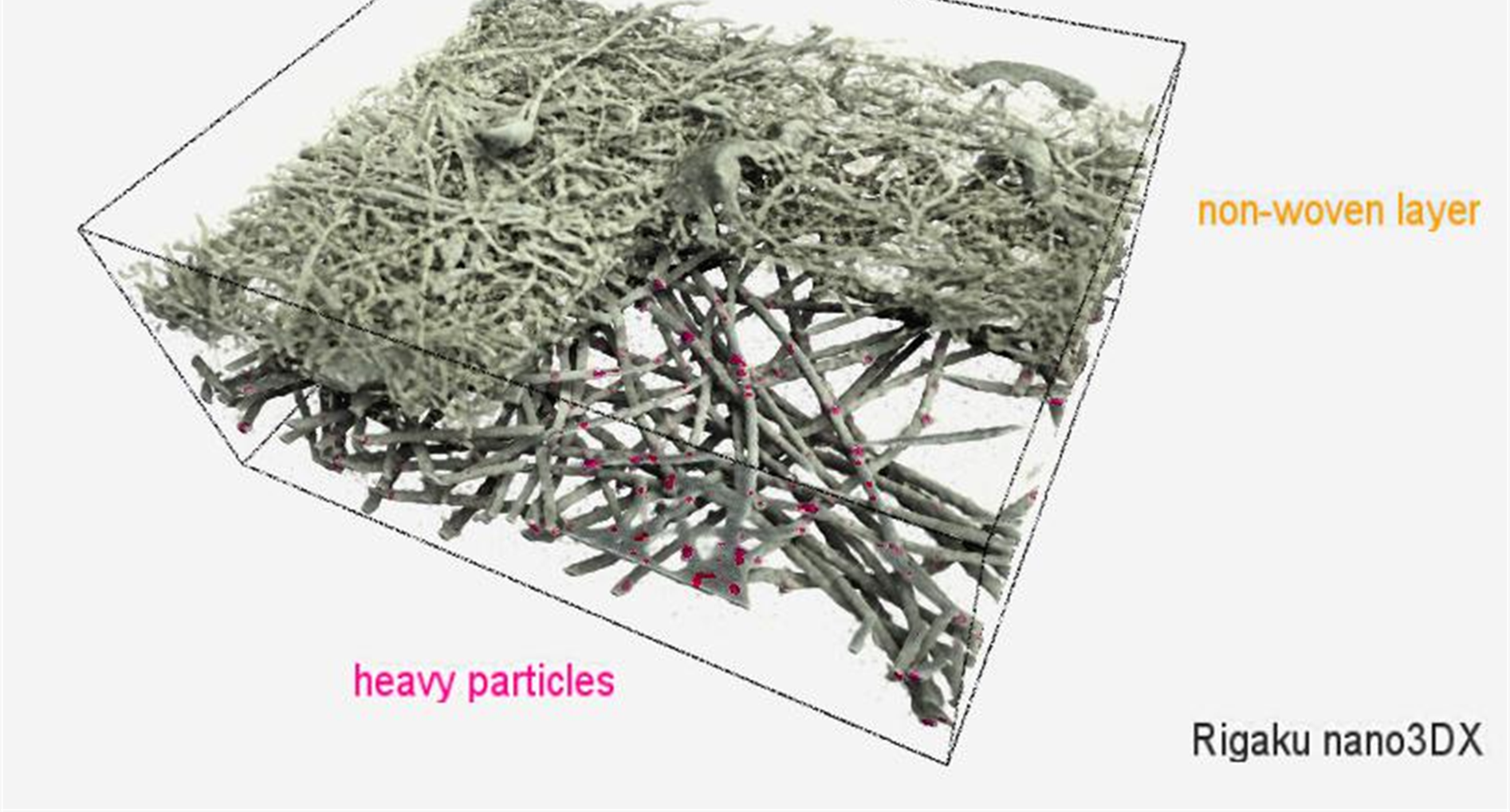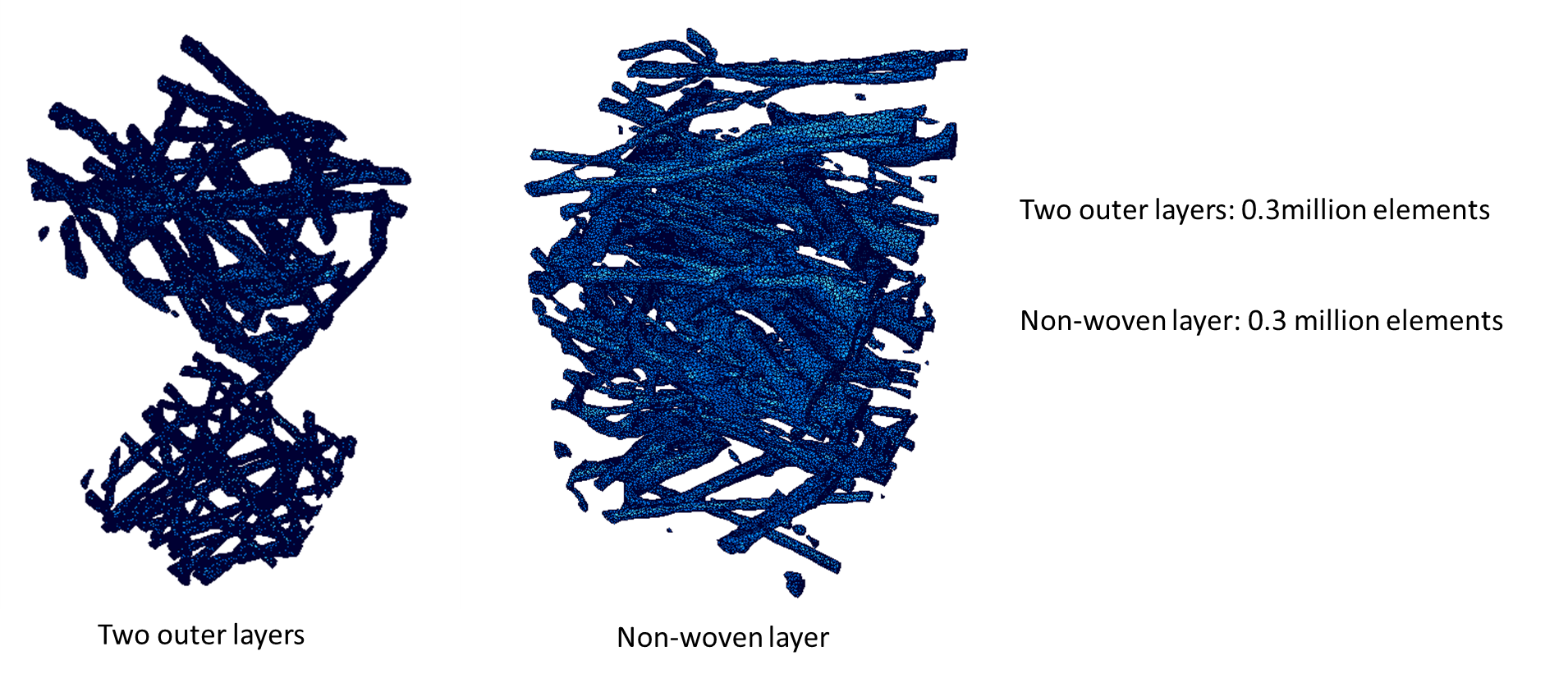Face mask mechanics and Covid-19 transmission
Research in AMCG, led by a team under Dr Jiansheng Xiang, has begun to address the modelling of face mask and face covering mechanics, in its work looking into the efficacy of face masks to mitigate transmission of Covid-19. This project is funded by the donor-led COVID-19 response fund
https://www.imperial.ac.uk/news/197033/new-research-projects-funded-donor-led-covid-19/
One task is to model the face mask and its material as a deformable continuum so that questions about the gaps around the masks or face coverings can be assessed through modelling these gaps and that their significance can then be assessed using CFD multiphase fluid modelling methods developed by AMCG.
Mask Continuum Mechanics
The figure below shows the CAD file and meshes of a manikin provided by Carl Jacquemyn and those of a simple flat sheet of material for a face covering.
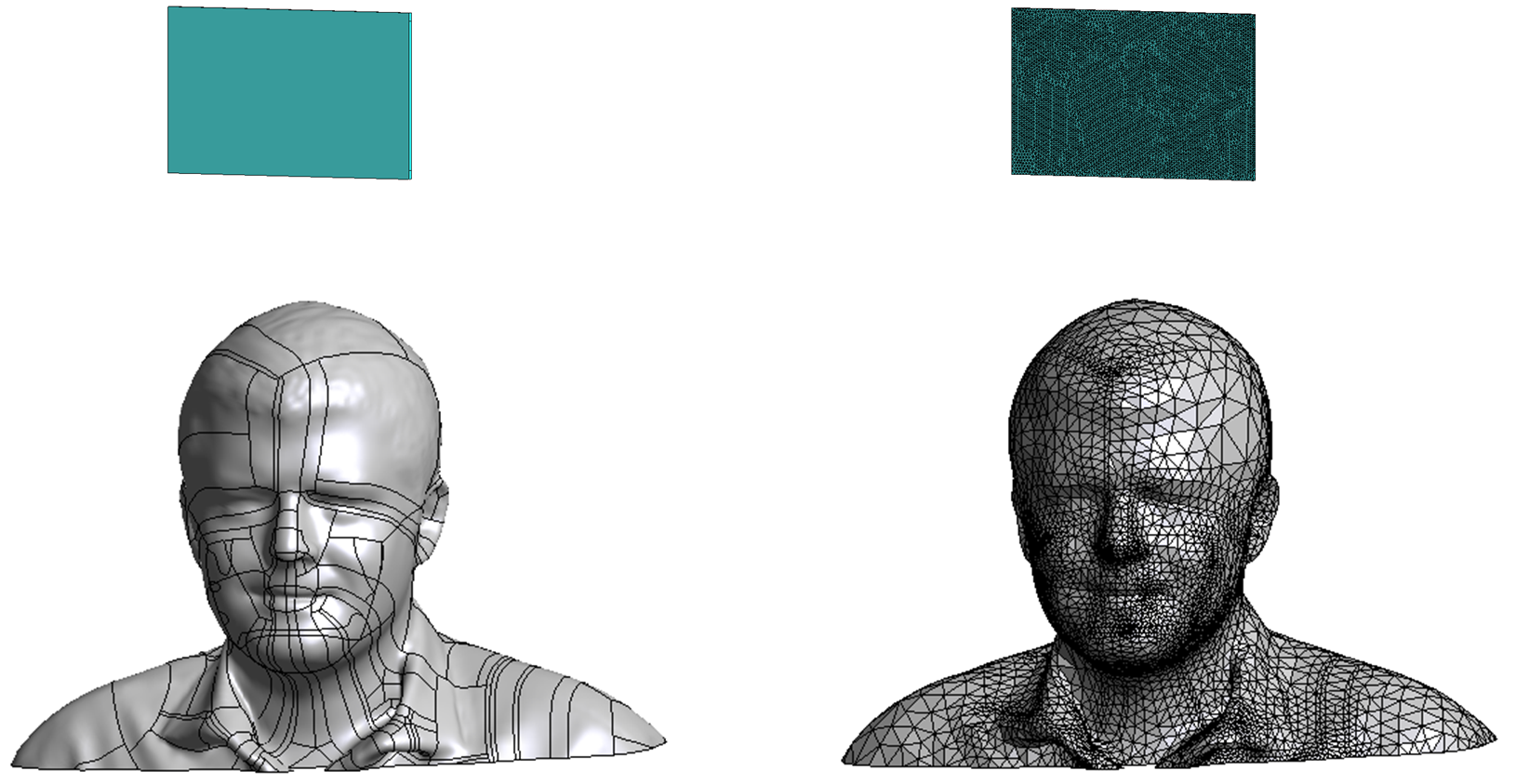
Solidity’s large strain solver for multibody dynamics is then employed, first to show the response of a material sheet to corner tension pulling e.g. by elastic attachment bands, note the out of plane large deflections and internal stretching of the ‘cloth’
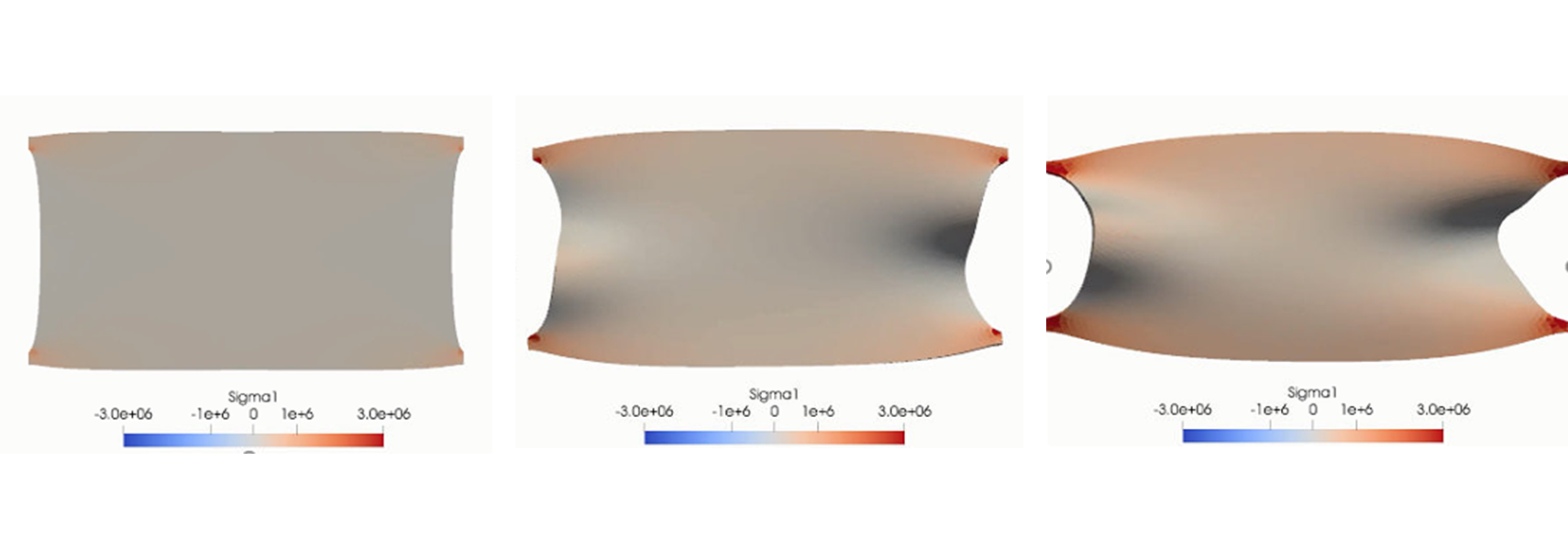
and second to explore gap formation when pulled back onto a face manikin.
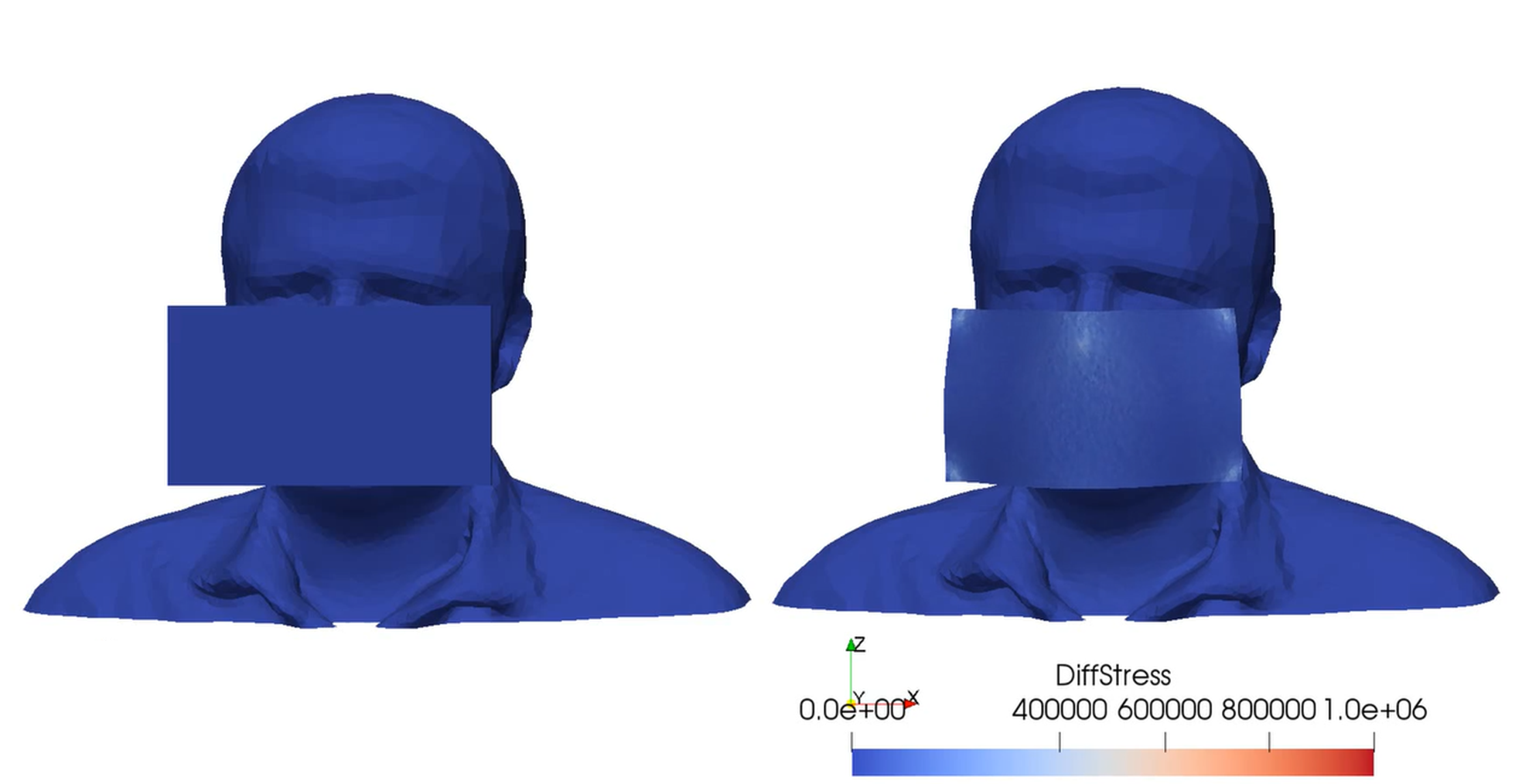
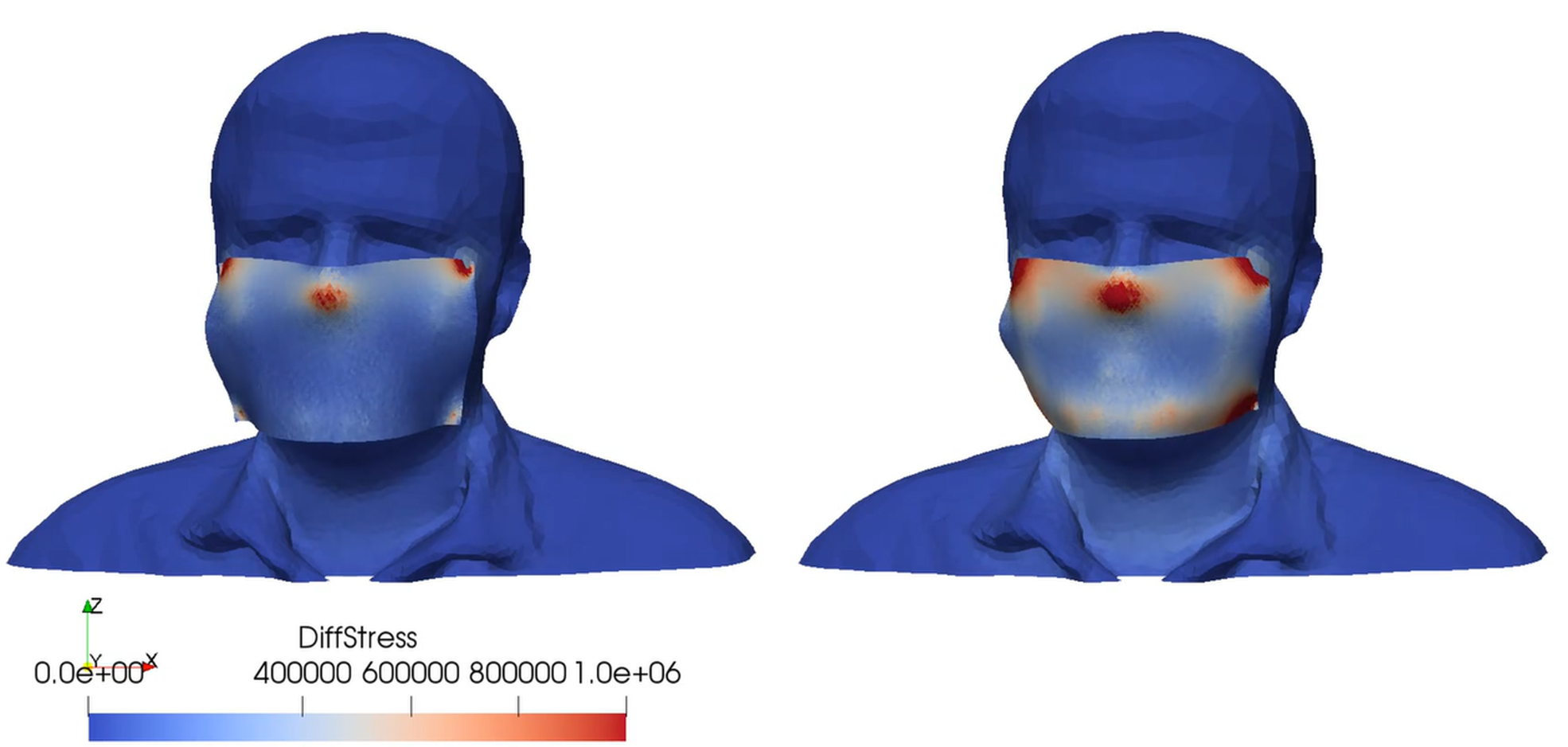
The full deformations are shown in the movie files below
Mask Material Microstructure
An example is shown below, courtesy of Dr Yoshihiro Takeda y-takeda@rigaku.co.jp of the scanning equipment company Rigaku, of the XRay CT capture of the micro-fibre structure of the filtering material inside a surgical mask. The computational meshes for such structures, shown below, have been created by Dr Bin Chen (Lawrence Berkeley National Laboratory) collaborating in Dr Xiang’s team and will be used in detailed studies to model aerosol particle transmission through such structures. It is planned to use a range of discrete particle and continuum multi-phase fluid modelling methods to study transmission through such filtering media.
